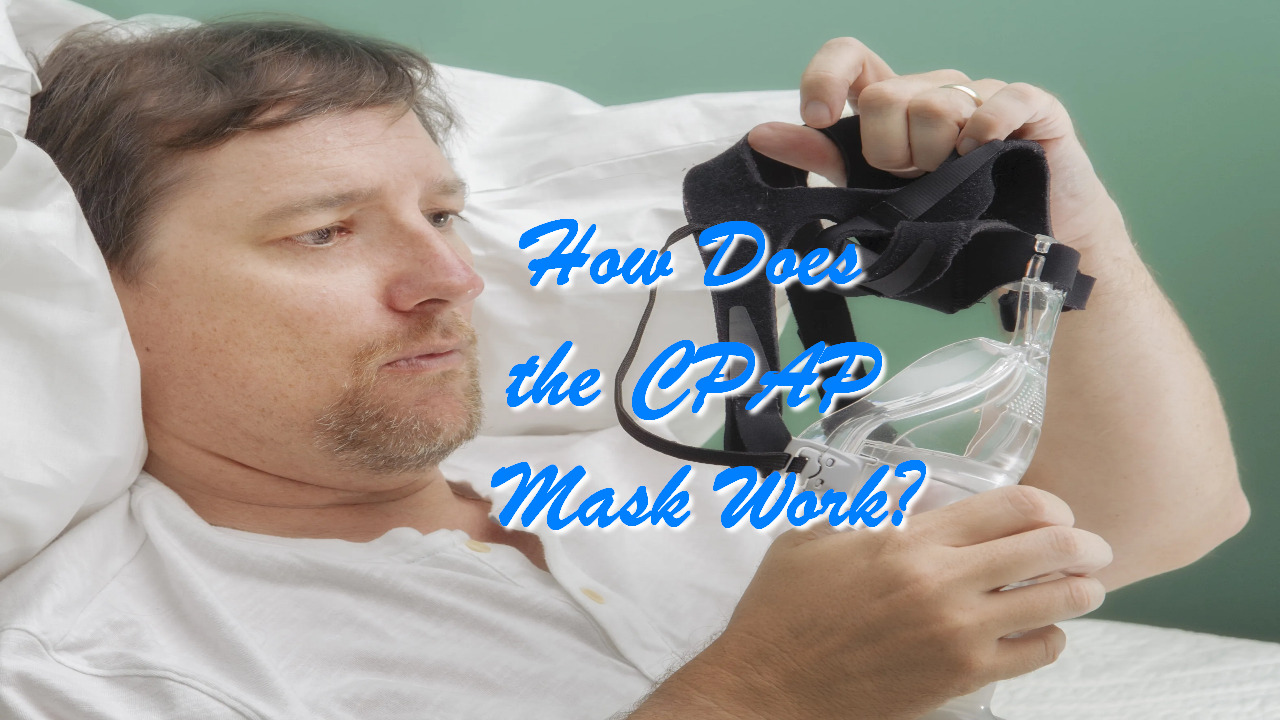How Does the CPAP Mask Work?
Continuous positive airway pressure (CPAP) is a treatment for obstructive sleep apnea, a condition in which the walls of the throat relax and collapse during sleep. When this happens, air can’t flow freely through the nose and mouth. This leads to fragmented breathing patterns and dips in blood oxygen levels.
The CPAP mask which you can find with a link here is essential for using a CPAP machine. The CPAP mask helps you breathe properly at night so that you can get the rest you need. The CPAP machine creates pressurized air that flows into the CPAP mask. You make the air pressure comfortable for your face by adjusting the settings on the CPAP machine. Once you’re ready to go to bed, you put on the mask and turn on the ventilation system built into your CPAP machine. Read on to learn more about how a CPAP mask works with other components of a CPAP setup!
Continuous Positive Airway Pressure (CPAP) Basics
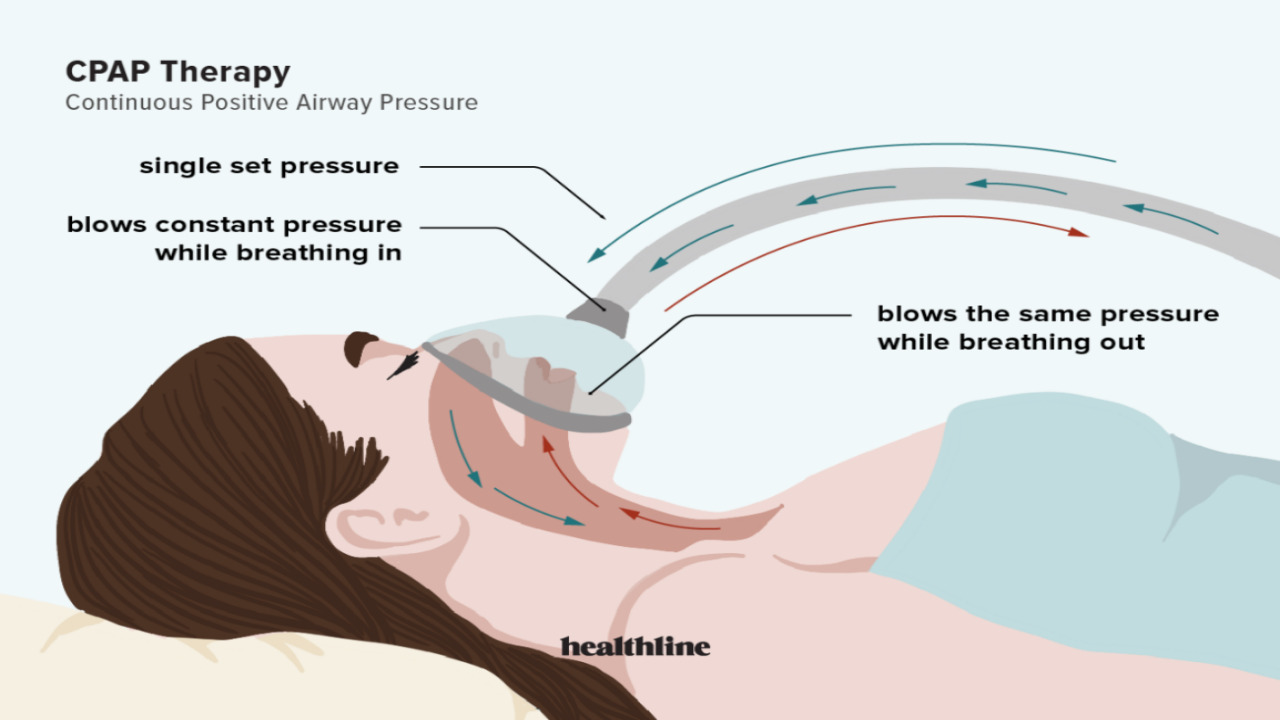
CPAP is a proven treatment for obstructive sleep apnea (OSA), a common disorder that affects millions of people worldwide. A CPAP machine delivers a constant, prescribed amount of air pressure through a hose and mask that you wear while sleeping. The air pressure helps keep your airways open and allows you to breathe comfortably while you sleep. There are other forms of treatment for OSA, including oral appliances, surgery, and lifestyle changes.
CPAP Machine Function
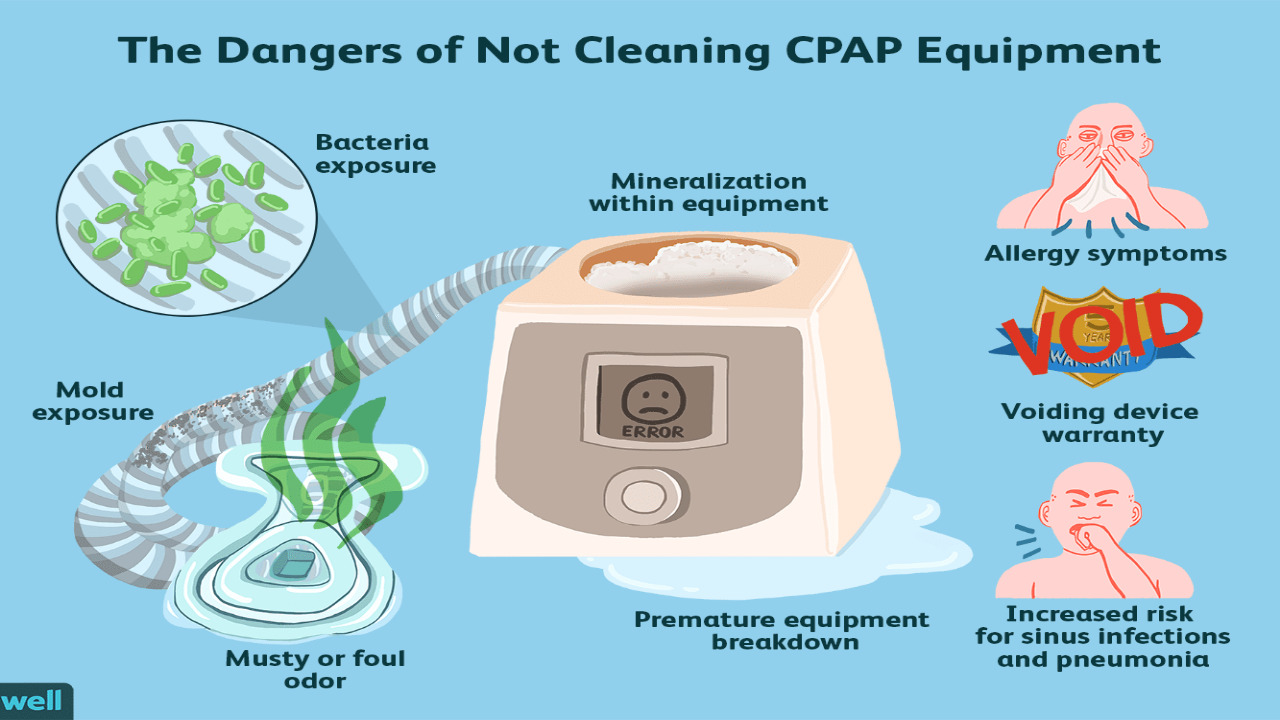
The CPAP machine includes a motor that generates air pressure. This is the “positive” side of positive airway pressure. The mask is fitted with a one-way valve that lets air in but not out. This is the “continuous” part of continuous positive airway pressure. The hose carries the air from the machine to the mask. When you put on the mask, you’re breathing air that’s been pressurized. The pressure from the machine is directed into your face through the hose and into the mask.
When Should You Use a CPAP Mask?
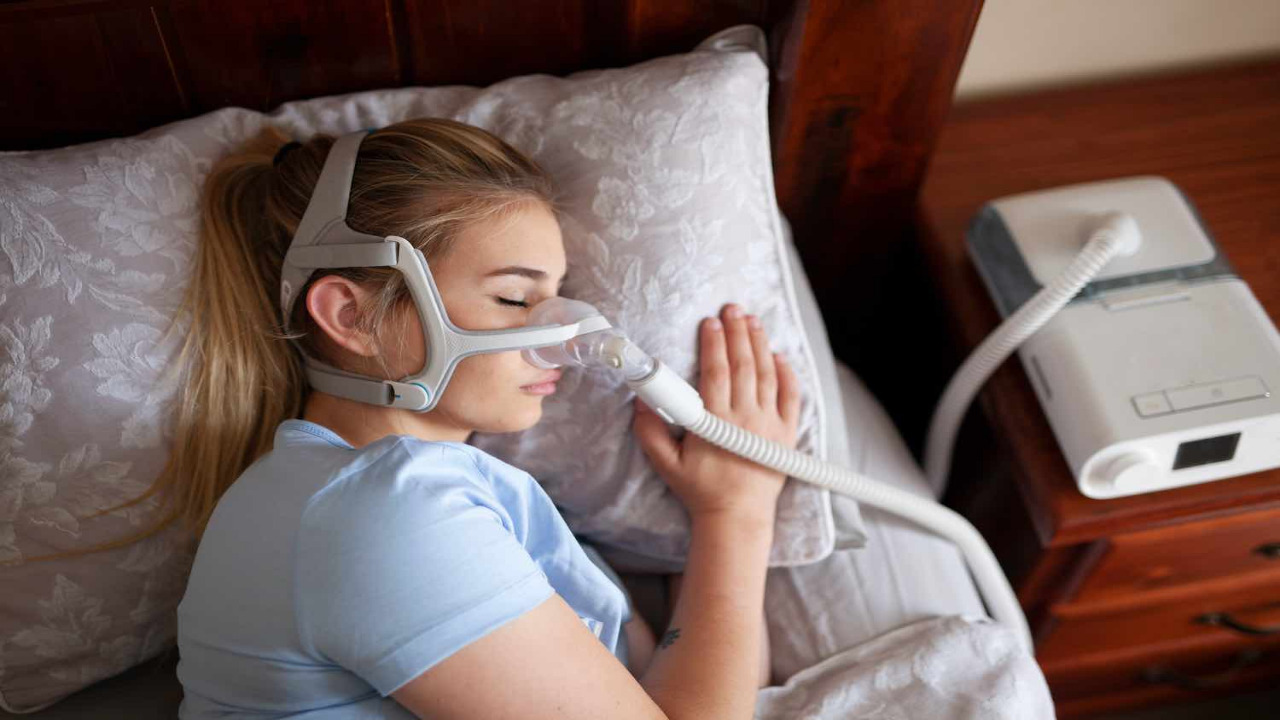
If you’re using a CPAP machine, a CPAP mask is an essential part of your treatment. However, each person’s treatment plan is different. Your doctor will make a recommendation based on your specific needs. Some people choose to wear a CPAP mask right away, while others prefer to try other treatment options first.
Not everyone responds the same way to different treatments for OSA. You might find that one method doesn’t work as well as another for your condition. There are several reasons that a doctor may recommend a CPAP mask over other methods of treatment. The CPAP mask is generally recommended for people with moderate to severe OSA who haven’t responded well to other treatments.
How to Use a CPAP Mask
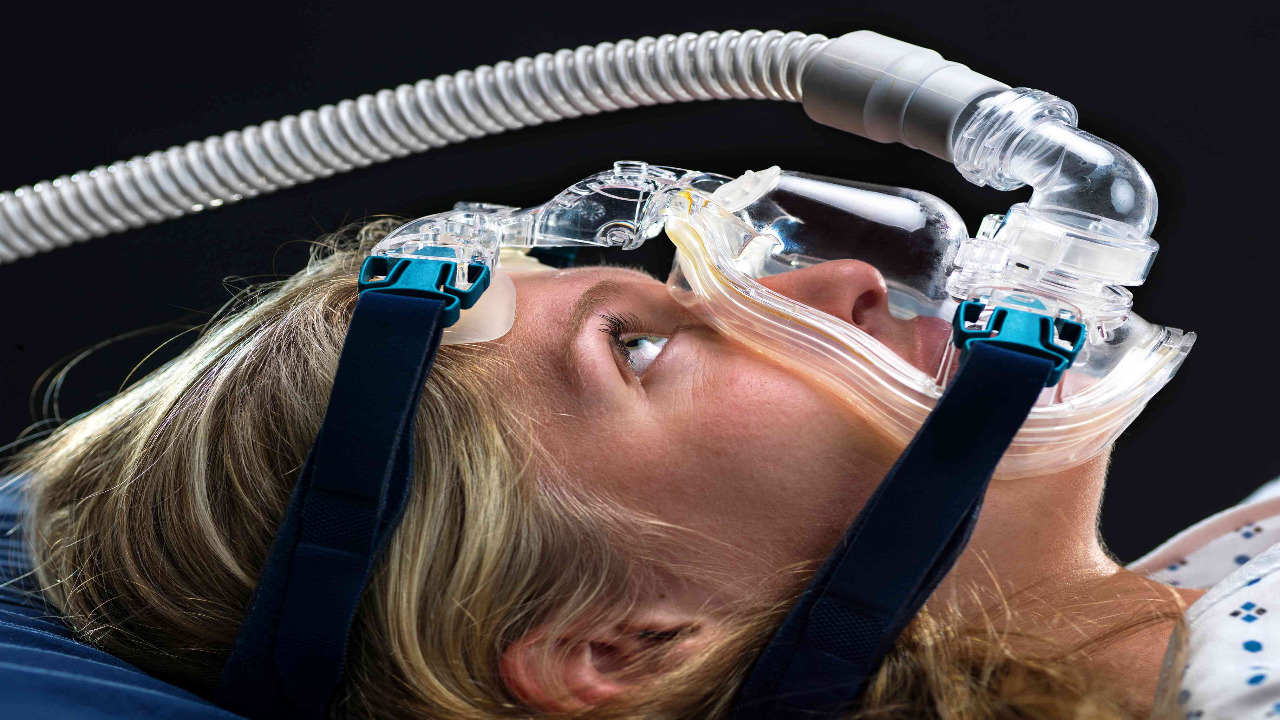
When you’re putting on your CPAP mask for the first time, it can feel a little overwhelming. But, with some practice, you’ll be an expert in no time. There are a few things to keep in mind when you’re getting ready to go to bed with your CPAP mask. First, make sure you’ve selected the right mask and size. Each mask is one-size-fits-all, but they’re not all the same size.
Your doctor will advise you on which mask is right for you. Next, set up your CPAP machine. While you have all the pieces out, re-read the user manual to make sure you’re following all the safety instructions. When you’re ready to put on your mask, make sure that the CPAP machine is on and the air pressure is set to your desired level.
Then, put on a loose pair of pajamas. Position the mask on your face. The mask may have different directions for different sizes of faces. Your mask may have a few different parts that can be adjusted to fit your face.
Tips for Using a CPAP Mask
Now that you’re ready to go to bed with your CPAP mask, there are a few things to keep in mind. When you’re ready to sleep, put on your mask before you get under the covers. The air pressure can be a little chilly if it’s not covered. If you’re having trouble getting comfortable with the mask, try repositioning it, or adjusting the straps or headgear. You can also try sleeping in a different position, such as sleeping on your side instead of on your back. If you’re sharing a bed with someone, let them know that the airflow from the CPAP machine can make some noise. You can also try putting a white noise machine or sound machine in the background to drown out the sound.

